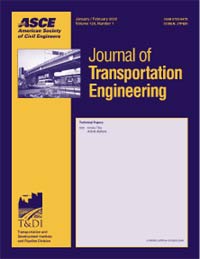
Explaining pedestrians crossing behavior along entire trips may contribute towards more efficient and targeted planning of pedestrian facilities in urban areas and more accurate consideration of pedestrian safety. Although existing research on pedestrians crossing behavior is extensive, most related studies examine pedestrians crossing decisions at local level and focus on a particular set of determinants (roadway environment, traffic conditions, or human factors). On the contrary, crossing behavior along entire trips is seldom explored. This paper presents a theoretical framework for modeling pedestrians crossing behavior along a trip, addressing a large part of the difficulties involved in collecting the necessary data and setting up a modelling framework. First, a topological approach of pedestrian trip characteristics and crossing decisions is proposed, allowing to consider distinct patterns of crossing behavior along a trip. Moreover, specific techniques from the family of discrete choice models are proposed for determining the number and location of pedestrians’ crossings, accounting for the hierarchical and dynamic nature of pedestrians decisions along a trip. Finally, a field survey method is presented, allowing to collect detailed information about pedestrians crossing decisions along urban trips, including data on roadway, traffic and individual characteristics, as well as the interactions between pedestrians and motorists. Preliminary results from a pilot implementation of the proposed framework are promising and a full scale application for testing and validation is in progress.
| ID | pj45 |
| Manuscript | |
| DOI | |
| Tags | pedestrians, road infrastructure, traffic management |













